Water Quality Management for Yellowtail Farming
Interview
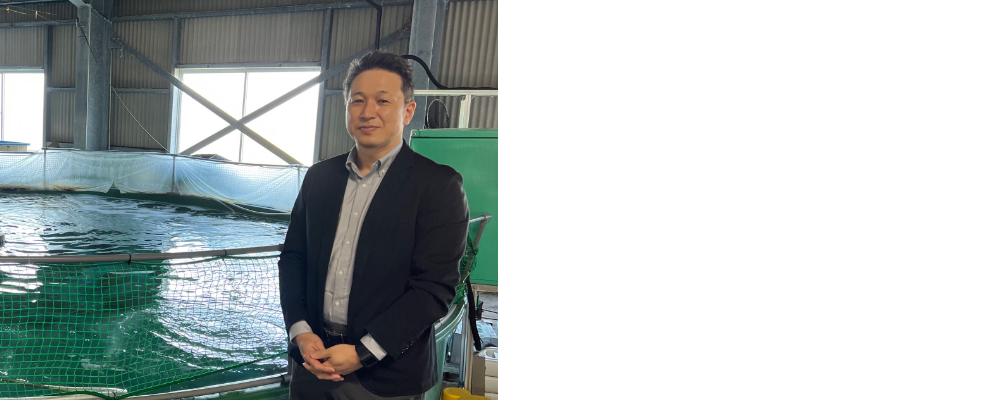
The Vital Role of IT Integration in Sustaining and Developing the Aquaculture Industry
Kochi University
Professor Hirohisa Fukada
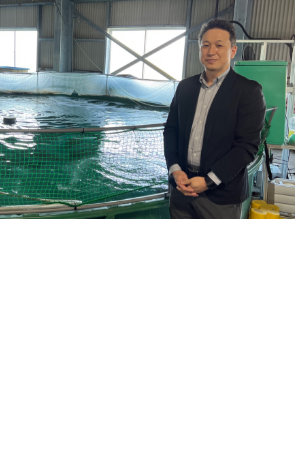
The Vital Role of IT Integration in Sustaining and Developing the Aquaculture Industry
Kochi University
Professor Hirohisa Fukada
At the Aquatic Nutrition Research Laboratory of the Marine Biological Production Course, Department of Marine Resources Science at Kochi University, researchers are pioneering the development of fish feed from a physiological perspective, a rarity worldwide.
By understanding the physiological phenomena of a fish's "appetite", "digestion and absorption", and "growth", they are addressing feed-related challenges.
In their pursuit of stable fish cultivation, while also reducing the need for manual measurements, they have incorporated i-enter's IoT Water Quality Sensor into their operations. We had the opportunity to discuss with Professor Hirohisa Fukada about their experiences before and after the implementation, as well as his future aspirations.
The Vital Role of IT Integration in Sustaining and Developing the Aquaculture Industry
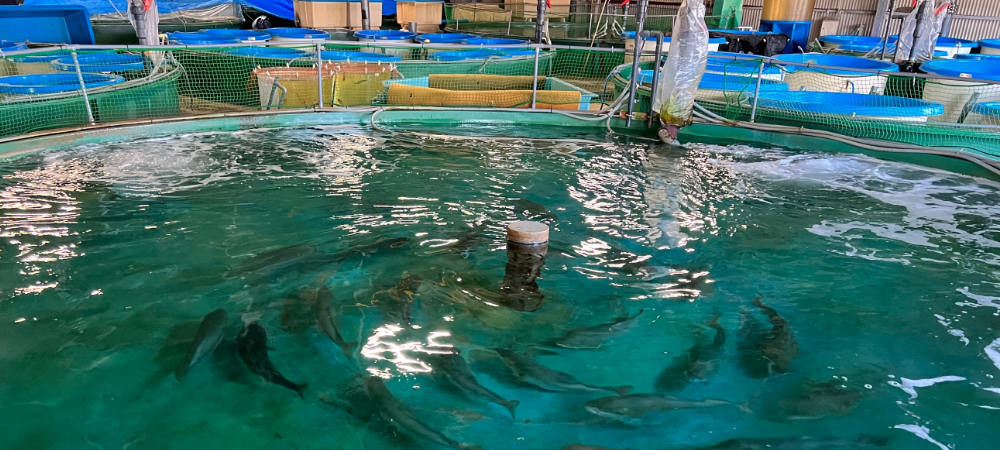
ーCould you share with us the reasons and process that led to the implementation of our system?
In our laboratory, we use large tanks to rear Yellowtail and Red Sea bream. Our setup includes 18 sizable tanks, each with a diameter of 6 meters and a volume of 30 tons. We also utilize smaller tanks for the fish as needed.
Usually, daily visits to our breeding facility are required for feeding the fish, cleaning the tanks, and ensuring an optimal rearing density. While we manually measure the oxygen levels post-feeding, it's also crucial to monitor the oxygen levels during summer due to higher water temperatures, or when the tank is densely populated.
Raising and observing fish offers invaluable insights for our research, but we consistently face the challenge of manpower shortages. This issue extends beyond our lab, underlining the broader need for IT solutions within the aquaculture industry.
With the financial aid from the Digital Promotion Subsidy, we've decided to incorporate the IoT Water Quality Sensor from i-enter. Our decision was based on its affordable pricing and the positive reviews it has garnered from other companies.
Fish Learning Feeding Times! New Insights from Data Analysis
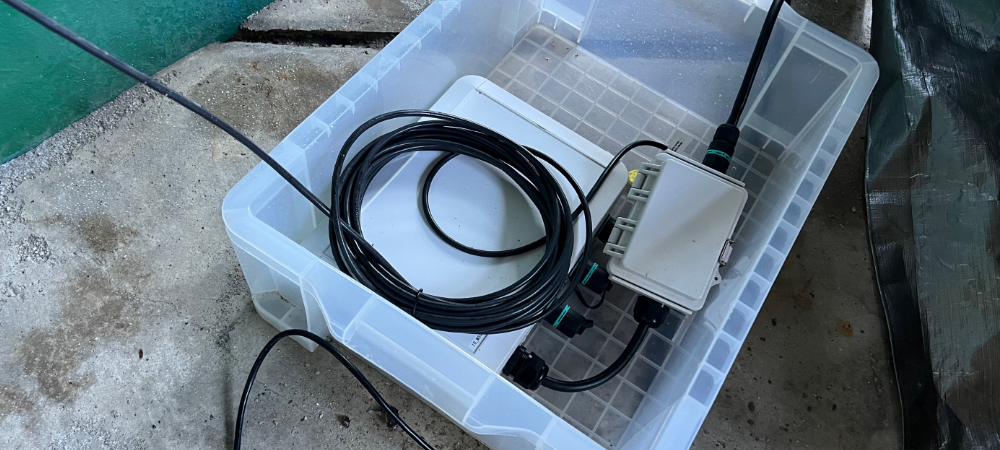
ーWhat are some challenges you were facing before the implementation of our system?
In our laboratory, we are responsible for the care of stock fish that require year-round breeding, as well as experimental fish used for individual research during specific periods. When conducting a feed testing, it's standard to feed six days a week, making Saturday feedings almost solely an individual's responsibility.
Moreover, when we identify diseased fish, we must respond quickly regardless of the day or time, providing medication and collecting the afflicted fish. Even though measuring each tank takes only a few minutes, individuals had to spend around 30 minutes traveling from home to the lab, even on weekends, which adds a significant burden.
We used to manually recorded data on paper, then transcribed it to Excel every ten days and manually inputted it into graphing software. This process was not only time-consuming but also the manual measurement tools were challenging to use in dark places due to the poor visibility of the LCD.
ーCan you tell us about the effects after the implementation of our IoT Water Quality Sensor?
Being able to remotely check the water quality data in real-time, which is automatically measured by the sensor, has significantly reduced our stress levels. With the sensor constantly monitoring the tanks, we no longer have to constantly worry about the decrease in dissolved oxygen levels after feeding, especially during the summer. It's also comforting to know that we can reduce the risk of fish mortality.
Visualizing water temperature changes through a graph has been very useful in making feeding decisions. Additionally, the graphed data is readily available for use in our research papers.
The implementation of the IoT Water Quality Sensor has also led to several new discoveries. Although we use underground seawater in our tanks, we found that the dissolved oxygen level could be influenced by river water and ocean tides. We discovered that the dissolved oxygen could drop sharply overnight.
We've also observed that fish become more active around feeding time, and a slight decrease in dissolved oxygen indicates that they've learned when it's time to eat. Interestingly, fish remember this schedule even if they are fed only once every two days. The IoT Water Quality Sensor not only helps in managing water quality but also provides new insights from the data, which is very beneficial for our research.
An IoT Sensor for Automatic Data Collection without the Need for Battery Charging
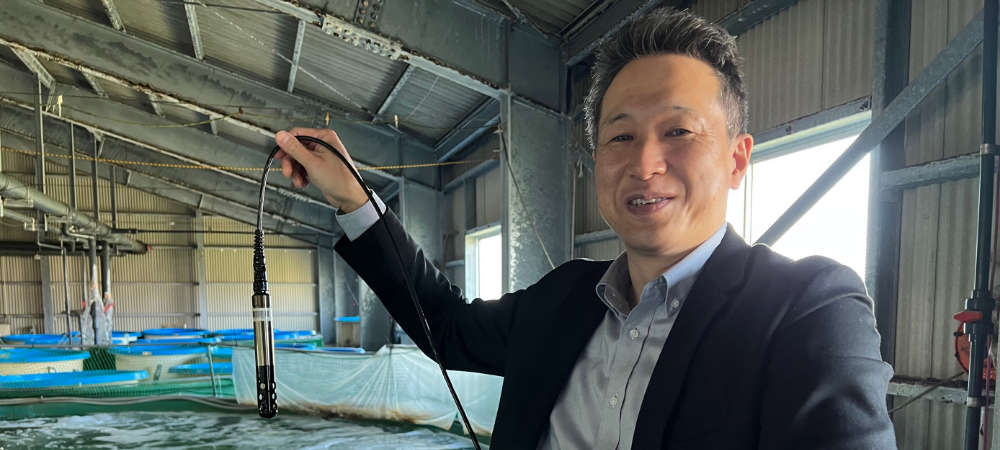
ーCould you share your experience with using the sensor?
In the past, we had tried a 24-hour sensor from another company, capable of measuring temperature, dissolved oxygen, and water depth. However, it required daily battery charging, and we had to physically bring a computer to the site for data collection. In contrast, the IoT Water Quality Sensor from i-enter is much more user-friendly as it doesn't require battery charging and automatically collects data.
We've been utilizing it for approximately a year now and haven't faced a single error. While regular maintenance is required, it's not particularly inconvenient, especially since we're engaged in land-based farming and the sensor doesn't accumulate much dirt.
ーAre there any features you hope to see in the future?
While we do receive real-time notifications on our computers and smartphones about abnormal water quality 24/7, it would be more convenient if these alerts could be sent not just via email, but also through phone calls or an app.
We utilize a remote camera, a feeder, and sensors to monitor conditions. If all of this data could be consolidated, it would be greatly beneficial.
Aiming to Contribute, Even Modestly, to Japan's Aquaculture Industry
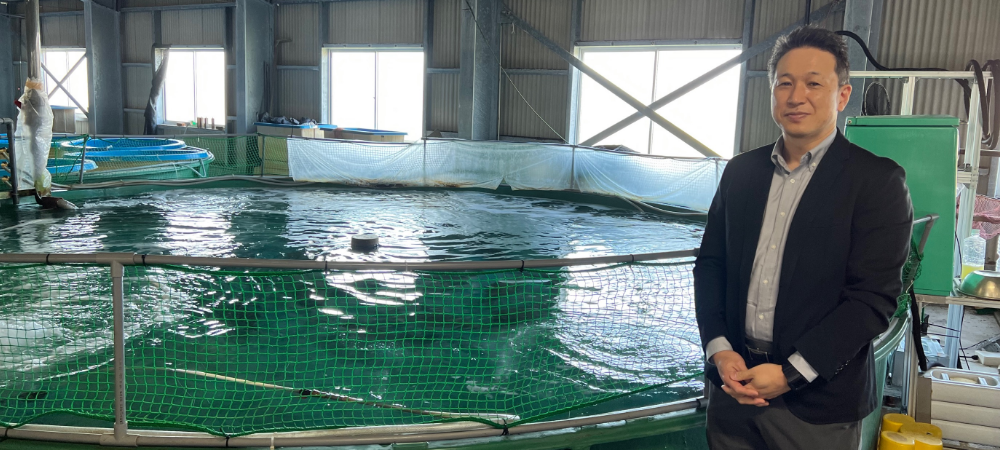
ーAre you considering incorporating more IT technologies in the future?
While our laboratory is currently operating on a limited budget, making it challenging to introduce more IT technologies, we understand the value of leveraging data in our research and maintaining secure breeding practices. If we could overcome these financial constraints, our goal is to equip all our tanks with IoT Water Quality Sensors from I-enter.
In Kochi University, we're focused on cultivating branded cultured fish. Our plan is to share the growth data with wholesalers. This is not only to ensure the safety and quality of our produce but also to enhance its overall value.
ーCould you share with us your future aspirations and the role you envision playing in society?
At Kochi University's Aquatic Nutrition Laboratory, we're on a mission to develop superior feeds for farmed fish species, such as yellowtail and sea bream.
Given the distinct nutritional needs of different fish species and sizes, it's important to tailor feeds to these specific requirements. To tackle this, we take a deep dive into the intricate world of each fish species' biochemistry and molecular biology, conducting in-depth analyses of their nutritional characteristics and physiological processes like feed absorption, digestion, nutrient metabolism, and growth.
While physiology may not grab headlines, it's a critical research area with broad implications. One of our standout achievements is the creation of branded farmed fish. We were the first to introduce the world to a 'scented' fish, “Yuzu Buri”(柚子ぶり), now known as “Yuzu Buri-Oh” (柚子鰤王). This was achieved by incorporating yuzu, a citrus fruit native to Kochi Prefecture, into the fish feed. The outcome was a fish with extended freshness and a unique citrus aroma. Today, fruit-infused feeds are gaining popularity across Japan.
Fish farming certainly presents a range of challenges. However, our aim is to foster stability within the aquaculture industry and promote the longevity of fisheries science and the aquaculture industry in Japan. Through our unique research at Kochi University's Aquatic Nutrition Laboratory, we hope to make a substantial contribution to this field.
Contact Us
Please feel free to contact us for consultation or questions.
IoT/AI/XR(VR・AR・MR)/RPA/Application Development
/Web System Development/Business System Development
/Cloud Integration/Design
/UX/Digital Marketing